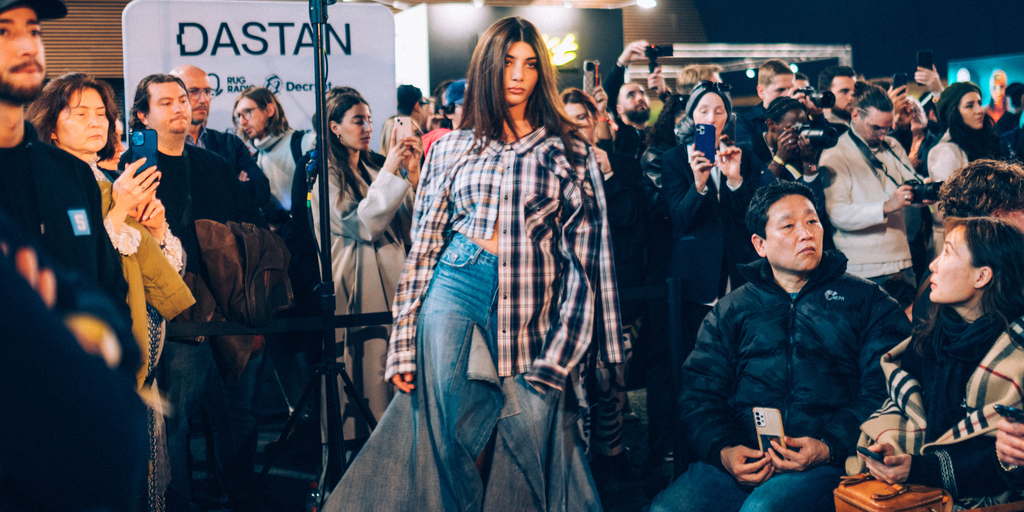This past weekend at NFT Paris, steps away from the Eiffel Tower, scores of high-ranking executives from the world’s top fashion, automotive, watch, and alcohol brands mingled with crypto thought leaders to discuss the on-chain future of the luxury industry.
These brands have spent the last three years dipping their toes into various blockchain-backed experiments, ranging from immersive online metaverses to ultra-limited drops of special products crafted for NFT holders.
Soon, though, says Romain Carrere, CEO of the Aura Blockchain Consortium—a collective founded by leading luxury brands to forge a unified approach to blockchain technology—the luxury industry’s relationship to the tech is set to substantially level up.
“Web3 customers [of luxury brands] are growing really rapidly—it’s exponential,” Carrere told Decrypt on the floor of the Grand Palais Éphémère at NFT Paris this weekend. “That’s why we’re increasing our Web3 functionalities and utilities—because we’re seeing more customer engagement.”
Carrere runs Aura, which boasts among its 40 members titans of luxury including Louis Vuitton, Prada, Mercedes Benz, Dior, Cartier, and Bulgari. Much of the executive’s attention is currently directed at preparing these companies for 2026 (or perhaps 2027), when the European Union’s new regulations on Digital Product Passports (DPPs) are anticipated to go into effect.
DPPs, part of a package of EU regulations designed to promote sustainability in manufacturing, will soon require luxury brands (among many other types of European companies) to offer customers detailed information about the origins and makeup of their products. While the rules say nothing about blockchain, Aura is seizing the opportunity to create an industry standard form of DPPs for luxury brands that will harness on-chain tech.
“If you create a digital product passport only [addressing the minimums of] the EU regulation, you won’t get the customer engagement that you’re looking for,” Carrere said. “The customer is looking for added experience.”
The luxury brands under Aura’s guidance, encouraged by the response to previous on-chain experiments, are all in. Soon, Carrere says, European customers won’t just get basic supply chain info when they access the DPP associated with their Louis Vuitton handbag or Dior jacket. Instead, they’ll have a secure, on-chain portal at their fingertips—one that proves the unique authenticity of their luxury product, and allows them to navigate several features related to it.
“Loyalties, warranties, and insurance are going to be really big,” Carrere said of the features currently being built into on-chain DPPs for Aura member brands.
Thanks to Aura, as DPPs become the law across Europe, on-chain authentication is now poised to also become an industry standard for luxury goods. How luxury brands choose to incorporate on-chain DPPs into their products is up to them; many are choosing to sew physical NFC chips into their fashion items, Carrere says. Others are opting for novel techniques like AI image fingerprinting, which scans high quality photos of products—down to the pixel—to verify origin and authenticity.
While Aura is creating a unified framework for these companies’ DPPs, the on-chain features each offers will vary based on each brand’s preference, Carrere said.
But nonetheless, the fact that so many leading brands are committing to connecting all of their products to blockchain networks—and that these rival brands are doing so in coordination with each other, via Aura—is a substantial development for the luxury industry, he thinks.
“They can be fierce competitors,” Carrere said. “But now they’re joining together to create a standard for all of the luxury [industry], for the greater good. It’s something unique.”
Editor’s note: This story was updated after publication to more accurately represent Carrere’s statements around the embrace of blockchain tech rather than “crypto” broadly.

